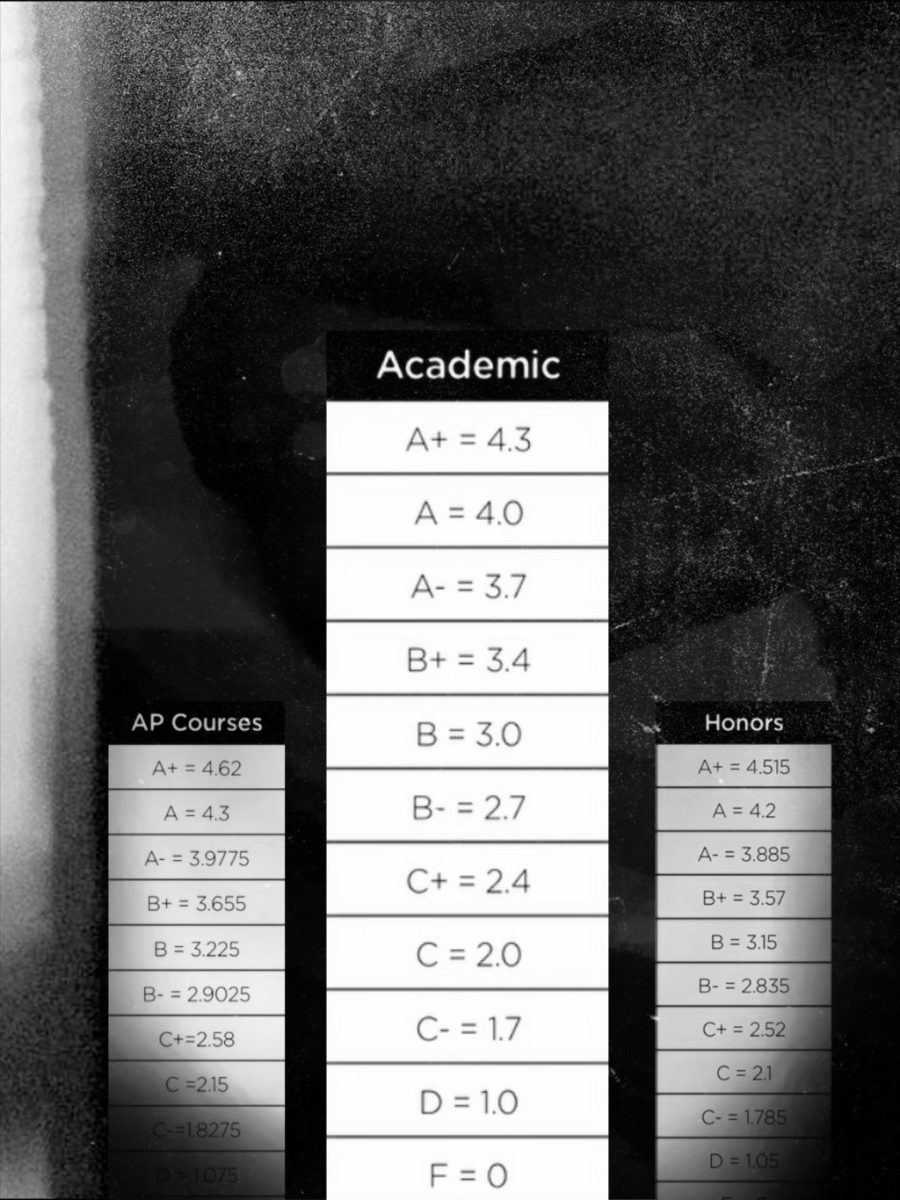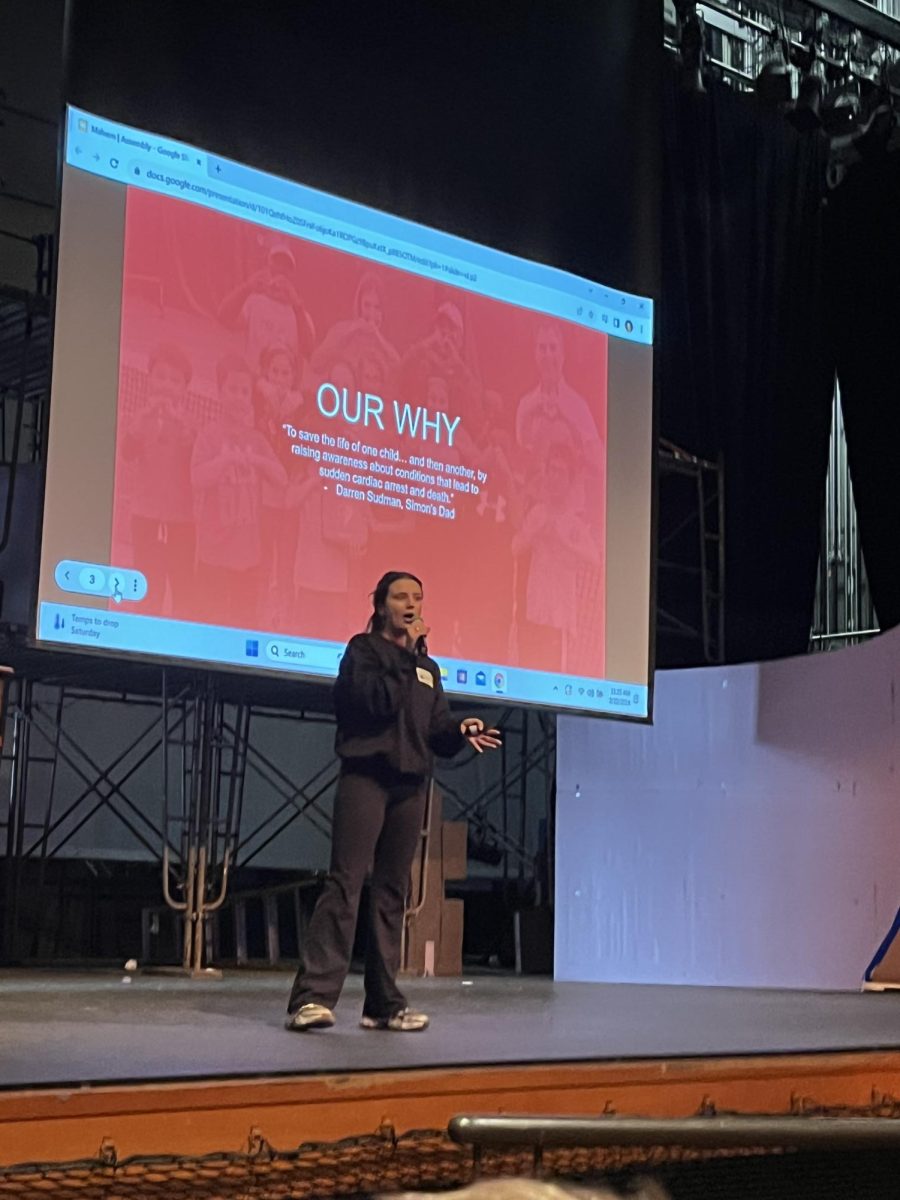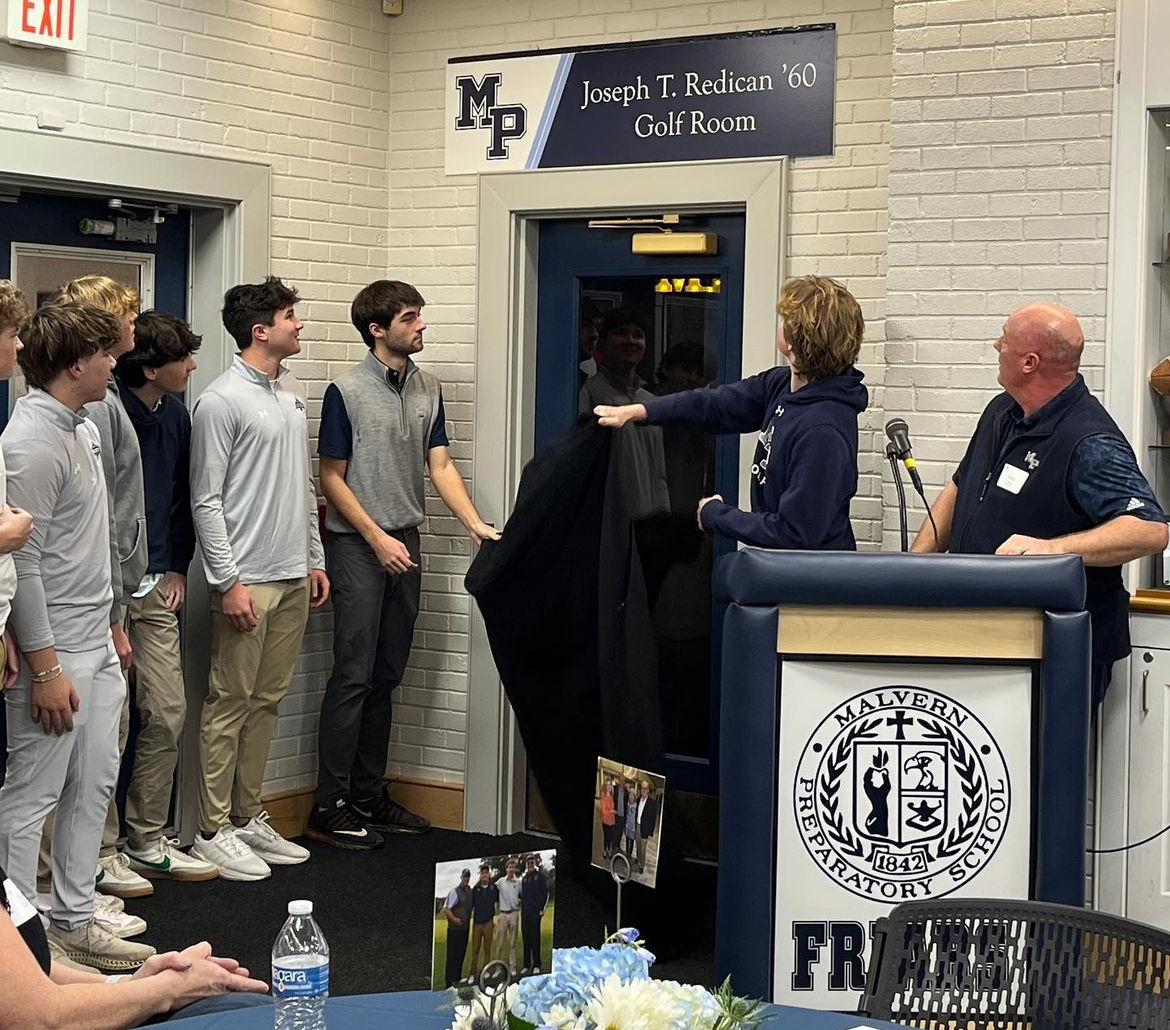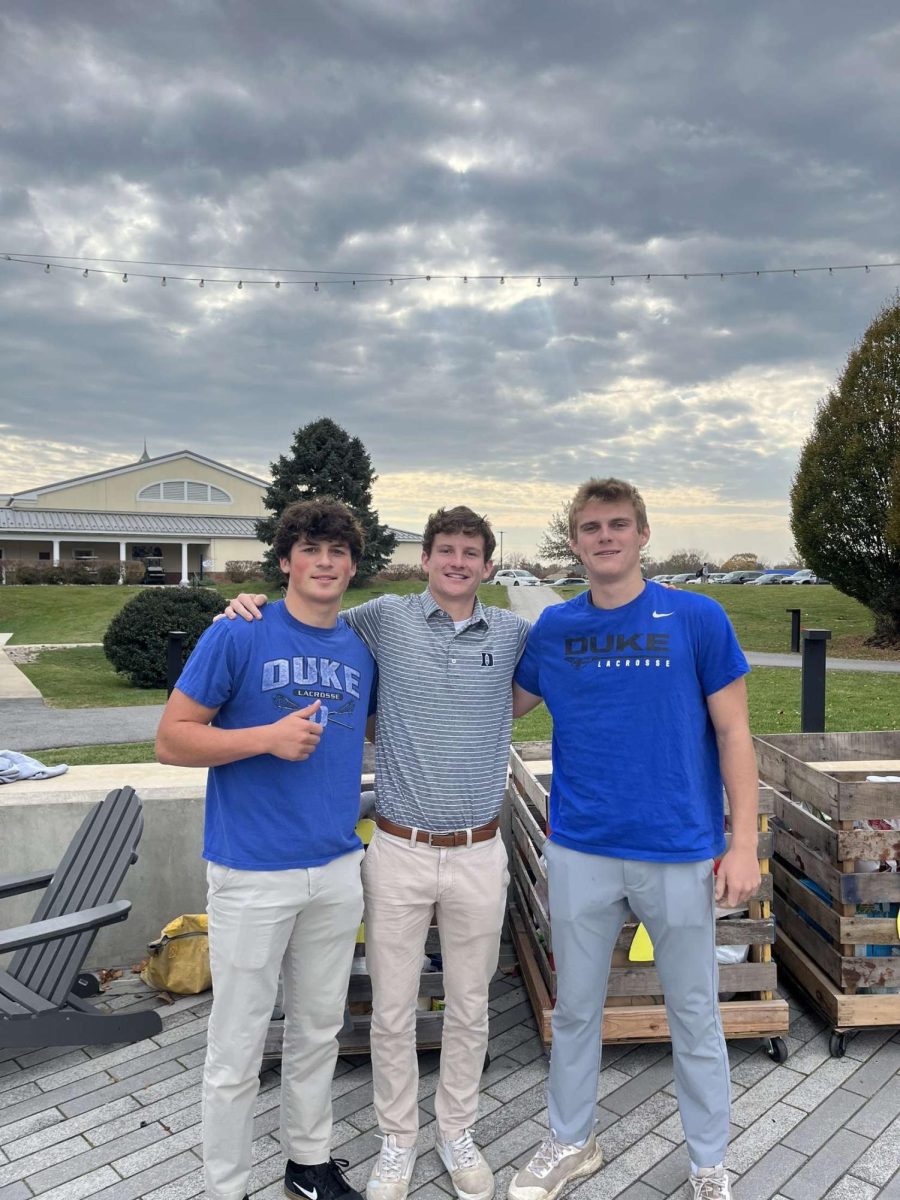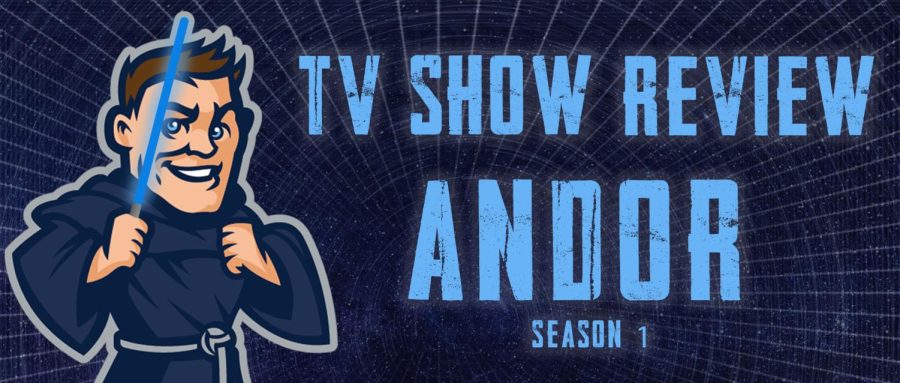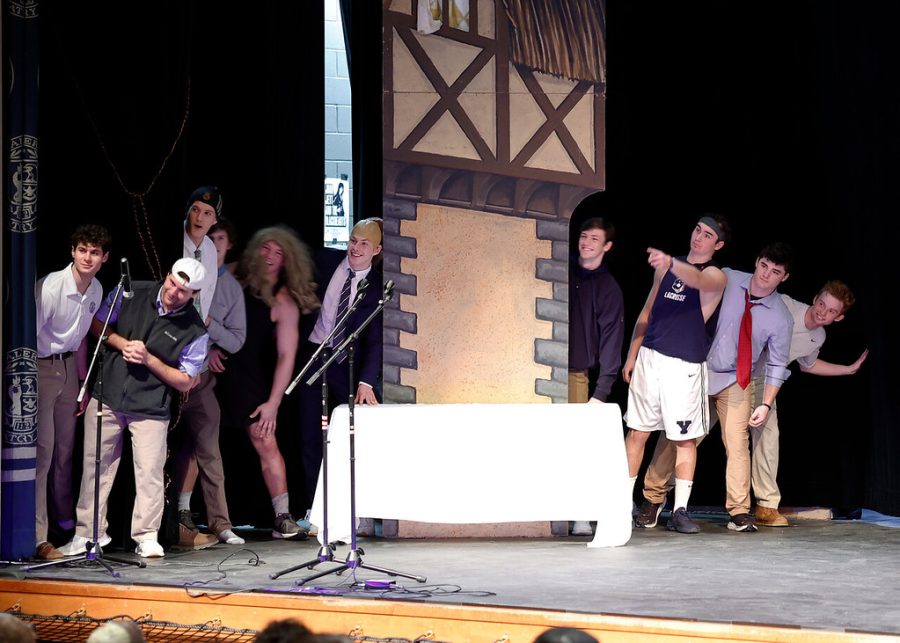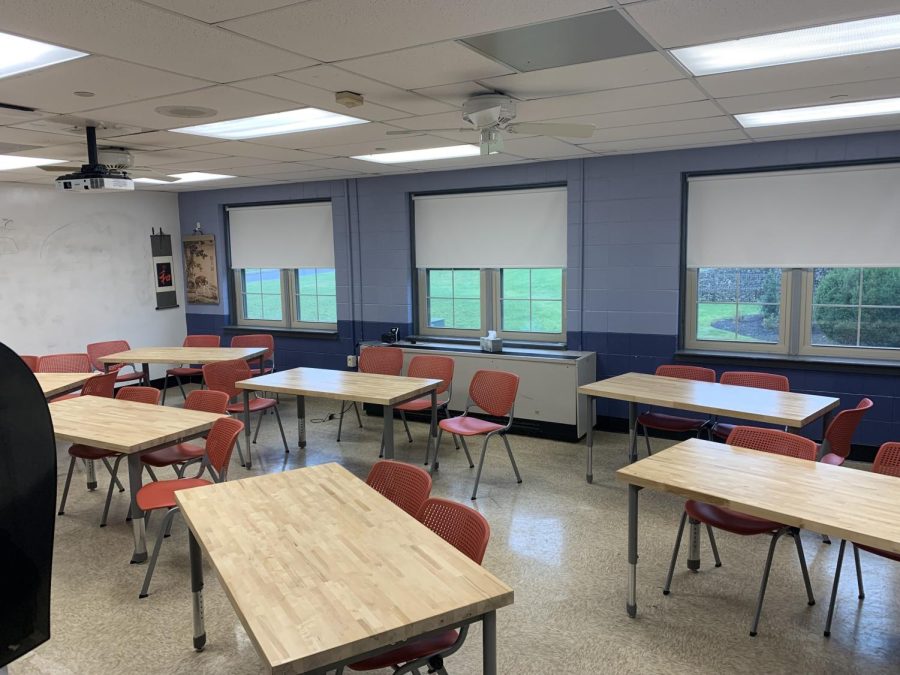Buckle up and prepare for the tale of one guy spitting into a tube and waiting for several weeks to see what it meant
So I spat into a tube for science (or so I tell myself).
There I was, in homeroom like any other day, except this day was different. About a month before I’d agreed to order one of 23andme.com’s DNA testing kits and write a column about the results. The newspaper gets a column, I get to learn about my genetic makeup, seemed like a win-win to me.
The process is actually pretty unglamorous. You go to 23andme’s website, order one of their genetic testing kits, and then wait a few days until it comes in the mail.
Admittedly, I was completely confounded when I tried to open the box. It took me far too long to realize it’s a sleeve you slide off then a tab you pull up and open the entire top of the box. But hey, you live and you learn, right?
Inside the box is a vial with a funnel on it. Since your saliva is an easily-acquired and easily-transported bank of your DNA, the 23andme uses saliva samples to gather DNA.
So I spent homeroom the next day spitting into this vial. After that, you unscrew the funnel from the top of the vial, and screw on the lid they provide. After that, you put it into and seal a specially marked plastic baggie, put said sealed bag back into the box, and close the box.
Again, the box’s function went over my head as I asked my mother for packing tape. She noted that there was already an adhesive on the inside of the tab I had pulled to open the box, and that you just needed to peel the plastic covering off of the adhesive for it to stick when you pushed the tab back into the box.
I’m not very good with packaging, ok?
Thankfully, that was the end of my packaging pains. Now, I settled in for the projected six to eight week wait until my results got back. Surprisingly, it only took two.
The results weren’t incredibly surprising, although there were a few bits that certainly stood out to me. It should also be noted that DNA testing isn’t entirely reliable. It measures your supposed makeup based on certain genetic markers that are common among certain ethnicities, and isn’t a perfectly accurate method of tracing heritage.
The largest group present by far was Eastern European at 53.1%. I certainly expected this to be the largest group, although perhaps higher if anything.
Both of my maternal grandparents’ ancestors and my paternal grandmother’s ancestors all hail from Poland. Despite this, I somehow wound up with the one Irish name in the family rather than the three Polish ones. Probability is weird like that.
It should be noted though that Poland has spent much of its history being carved up and having its borders erased, redrawn, and then erased and redrawn yet again, especially by Germany and Russia. As a result, it wouldn’t be too surprising if there are a lot of Russian and German ancestors in my past.
I suppose this might account for the 15.4% block of the results that is categorized as “Broadly Northwestern European”. This comprises the modern day Netherlands, France, Germany, Belgium, Luxembourg, Liechtenstein, and Switzerland.
Going back to the Irish, the report says that I’m 17.2% “British & Irish.” Again, this largely checks out with my concrete existing knowledge of my family history. My paternal grandfather, James J. Rowley Sr., is the son of two Irish immigrants who met and married after individually emigrating to the United States.
My grandfather’s sister, my great-aunt, also used the same 23andme service and came back with 99% “British & Irish” ancestry, so if anything I’m surprised my figure isn’t higher.
This is categorized separately from the specific “French & German” category, which came up as 3.3% of my lineage. I know my maternal grandmother would occasionally talk of a French aunt somewhere in the mix, although I’m not entirely sure.
The smallest portion under the greater European umbrella is “Scandinavian”. Somehow I have 1.3% ancestry in that. My only guess as to where this comes from is that it might be involved with the Viking raiders who began staying in the British Isles rather than raiding them, and even that scenario is highly unlikely.
Combined with the “Broadly European” portion, European ancestry supposedly comprises 99.9% of my genetic makeup. Again, not surprising given my known family history. I’ve known that none of my ancestors were in the United States until 1900, and fresh Irish and Polish immigrants were far more likely to keep to their own people rather than venture out and mix with people whose family had been in the United States for generations.
Perhaps the weirdest part of this whole system is the bit that tells you how much Neanderthal DNA you have in you. Humans and Neanderthals, before the latter species went extinct some 40,000 years ago, did indeed intermingle and have hybrid children, and as a result many people today (including yours truly) carry Neanderthal genes in their DNA.
Apparently I have more DNA markers that are related to Neanderthals in my genome than 82% of 23andme users. I don’t know if that has any implications, but I’ll take it.
All in all, I’d say the experience was a fun one. Is it worth your $100? Depends how much you value your $100. It’s a nice one-off thing to do, though given the unreliability of genetic genomic testing it certainly isn’t the master key to your ancestral heritage.



